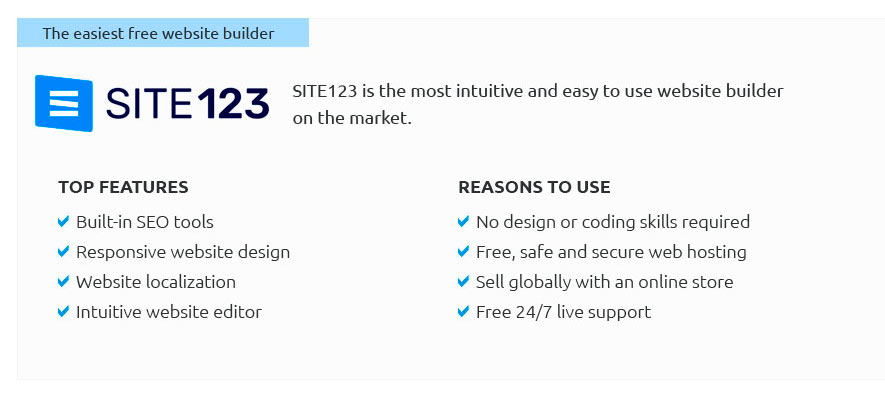 |
 |
 |
 |
|
 |
 |
 |
|
 |
|
 |
 |
|
 |
|
 |
|
 |
 |
How to Create a Web Page: A Comprehensive GuideEmbarking on the journey of creating a web page is an exciting venture that blends creativity with technical prowess. It's an endeavor that many people find rewarding, whether you are aiming to build a personal blog, a business website, or simply to learn a new skill. Understanding the fundamentals is crucial, as it lays the groundwork for more advanced techniques and innovations in web development. This guide will walk you through the essential steps, addressing common concerns and offering insights to enhance your web creation experience. Firstly, it's important to define the purpose and audience of your web page. Consider what you want to achieve and who your target audience is. This will influence the design, layout, and content of your site. For those who may feel overwhelmed by the vast possibilities, starting simple and expanding over time is a viable approach. Once you have a clear idea, the next step is to choose a platform. Many beginners gravitate towards platforms like WordPress, Wix, or Squarespace due to their user-friendly interfaces and plethora of templates. These platforms provide a solid starting point for those who may not be well-versed in coding. However, if you are inclined to learn HTML, CSS, and JavaScript, building a site from scratch can be incredibly fulfilling and offers greater customization. Next, consider the design and layout. Aesthetics play a significant role in user engagement, and a well-designed site can captivate your audience effectively. Opt for a clean, intuitive design with easy navigation. Use contrasting colors to highlight important elements, and ensure that your site is responsive, meaning it looks good on both desktop and mobile devices. Tools like Adobe XD or Figma can be invaluable in planning your site's layout. After designing, it's time to create the content. Content is king, and providing valuable, well-written content will not only attract visitors but also improve your site's search engine rankings. It's advisable to include a mix of text, images, and possibly videos to keep your audience engaged. Remember, the content should be easy to read and understand, avoiding jargon unless necessary. Furthermore, optimize your site for search engines. This involves using relevant keywords, optimizing images, and ensuring your site loads quickly. SEO (Search Engine Optimization) is a complex field, but mastering the basics can significantly improve your site's visibility. Tools like Google Analytics can help track your site's performance and identify areas for improvement.
In conclusion, creating a web page is a multifaceted process that involves careful planning, design, and execution. While it can seem daunting at first, especially for beginners, taking it step by step makes the process manageable and even enjoyable. As you grow more confident in your skills, you'll find endless opportunities for creativity and innovation in the digital space. Embrace the journey, and remember, every expert was once a beginner. https://www.codecademy.com/article/local-web-page
In this article, you'll learn how to create a web page using a text editor on your own computer, then view the web page in your browser. https://helpx.adobe.com/express/create-and-edit-documents-and-webpages/create-webpages/design-webpage.html
Learn how to create a webpage in Adobe Express. - On the Adobe Express homepage, select the icon. - In the search bar, type webpage. - Select ... https://www.w3schools.com/howto/howto_create_and_view.asp
Step 1: Open Notepad (PC) - Step 1: Open TextEdit (Mac) - Step 2: Write Some HTML - Step 3: Save the HTML Page - Step 4: View the HTML Page in Your Browser.
|